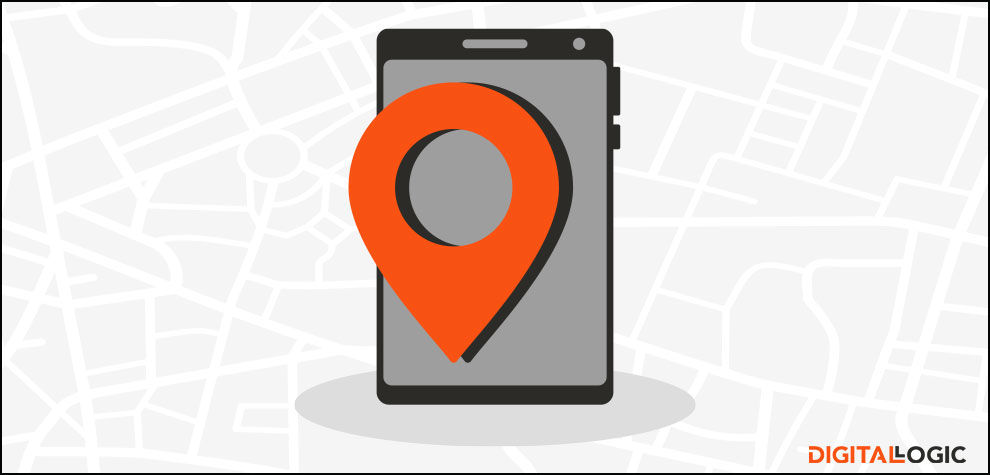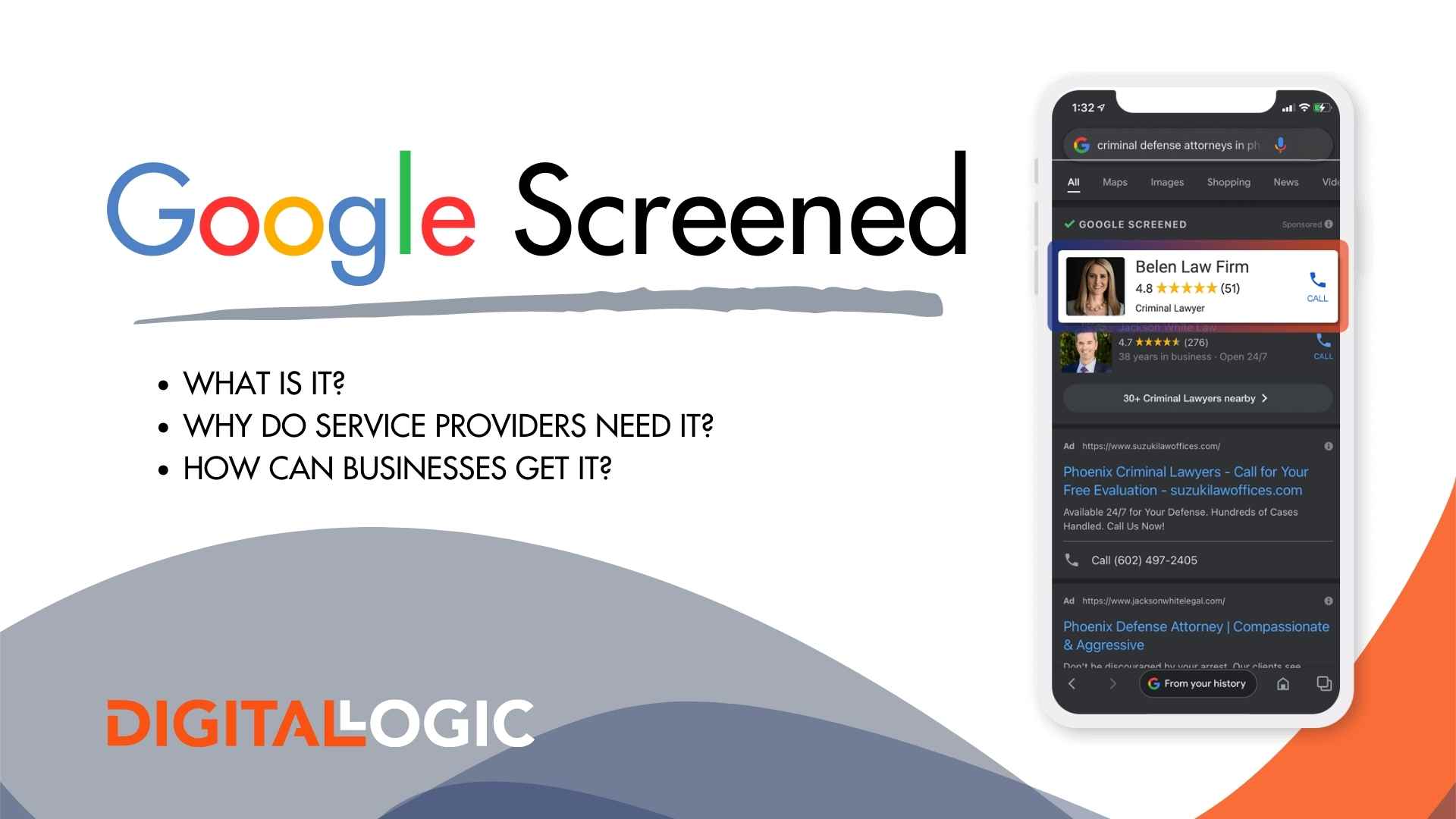What is a Geofencing App?
Table of Contents
Toggle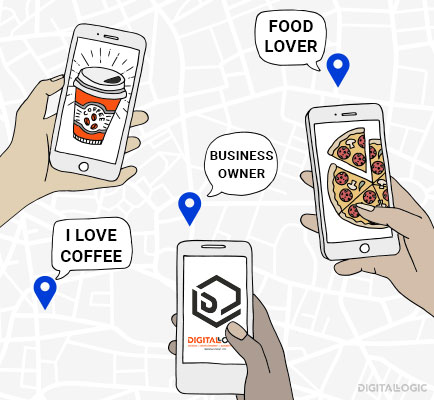
Benefits of Geofencing Apps for Marketing
GPS location tracking apps provide powerful benefits for local small business marketing. They enable businesses to engage with their target audience in real-time, deliver personalized messages, and offer specific promotions. Geofencing apps also provide valuable insights into customer behavior, allowing marketers to optimize their marketing strategies for better results and increased customer loyalty.
Here is how geofencing marketing can help your business:
Real-Time Engagement with Targeted Audiences
Personalized Messaging and Enhanced User Experience
Boosting Conversions and Increasing Customer Loyalty
How Geofencing Apps Work
A geofencing app works by utilizing specific data to establish virtual boundaries. When a target device enters or exits these geofenced areas, the app triggers pre-defined actions or notifications using the location tracking feature.
Here’s how geofencing works:

Location Data and GPS Tracking Integration
Geofencing Triggers From Mobile Apps
A geofence could also be set up by people seeking to use geofencing capabilities in their mobile apps. Some “lifestyle” or “productivity” apps may allow a user to choose an address or location where they would want to trigger a specific alert or push notification as a reminder.
This is called an “if this, then that” function, where an app is programmed to trigger a second action following an initial desired time, location, or action.
Home automation services often allow users to control their home’s Wi-Fi-connected devices from a remote location using the app and increasingly provide automated functions such as automatically locking or unlocking doors, engaging or disengaging alarms, changing climate control settings, or other actions based on desired triggers often using geofencing.
Nearly every drone being made today is pre-programmed to accommodate geofencing, which is usually set up in surrounding airports, open-air venues, and even the White House, where the FAA has set up drone-resistant geofence barriers capable of stopping a drone in mid-air, while other triggers may send a warning message to the user.
Best Geofencing Apps By Strategy
Here are the best geofencing apps by strategy:
Best Geofencing Apps for Marketing
- GeoComply
- AirDroid Business
- Netcore Customer Engagement and Experience Platform
- Radar
- PlotProjects
- Connecteam
- Bluedot
- HERE Location Services
- Room.ai
- ArcGIS Tracking Analyst
Best Geofencing Apps for Parents
- Life 360
- FamiSafe
- Geonection
- Spyic
- Control-Apple Maps
- Kaspersky Safe Kids
- LinkWise by RedTrac
- Telogis
- Timesheet Mobile
- GreenRoad
Best Geofencing Apps for Small Business
- EyeZy — Top pick for location tracking
- mSpy — Best for Android devices
- uMobix — Best for iOS devices
- Cocospy — 60-day moneyback guarantee
- XNSpy — Most secure app usage
- Spyic — Best for beginners
- Mobile Tracker — Best free plan
- Hoverwatch — Best free mobile device location tracking
- EgiGeoZone — Most convenient for Android devices
Implementing Geofencing Apps in Marketing Campaigns
A few examples of how businesses can get the greatest ROI from mobile application geofencing tactics include:- Increase your company’s foot traffic by sending promotional offers to potential shoppers as they pass by a certain store.
- Suggest products or services based on your customer’s previous in-app behaviors.
- Integrate social media sharing into your application to boost brand awareness.
- Improve customer service by capturing feedback or allowing customers to communicate through your mobile app.
- Build fences around your competitors and push incentivized content to redirect potential customers.
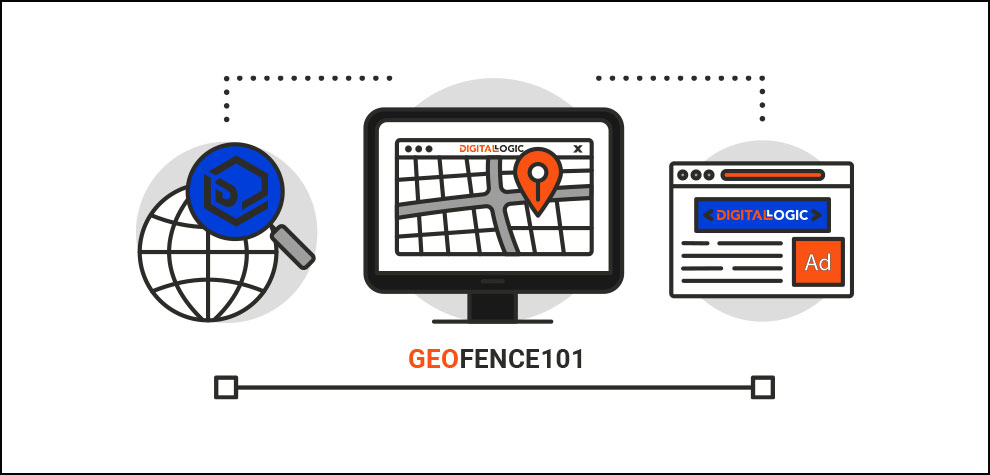
Setting Up Geofence Boundaries and Radius
Configuring Geofence Events and Actions
Customizing Notifications for Maximum Impact
How to Use Real-Time Location Tracking for Marketing in Different Industries
Using real-time location tracking for marketing offers valuable opportunities across various industries. By harnessing real-time location data, digital marketers can create campaigns that elevate user engagement and deliver impactful results across different industries.
Here are some of the best geofencing examples in business.
Law Firms: Driving Foot Traffic and Sales
Law firms can leverage geofencing to enhance their law firm advertising strategies and client engagement.
By setting up geofences around relevant locations such as courthouses, legal events, or competitor firms, attorneys can target potential clients in real-time with personalized advertisements or event invitations.
Interested in local marketing for lawyers? Check out local SEO for lawyers andLocal Service Ads for lawyers.
Events: Enhancing Attendee Experience
By setting up geofences around event venues (especially those with an Internet connection), coordinators can send real-time updates, schedules, and exclusive content to attendees’ mobile devices.
This helps keep them informed and engaged throughout the event.
Geofencing also enables coordinators to offer location-based promotions or discounts to encourage participation or boost foot traffic to exhibitors’ booths.
Service Providers: Optimizing Field Operations
Healthcare Providers: Secure More Patients
Geofencing App Integration and Best Practices
If you’re a business owner or marketer looking to use Geofencing for marketing, here are the best practices outlined by our expert PPC consultants:
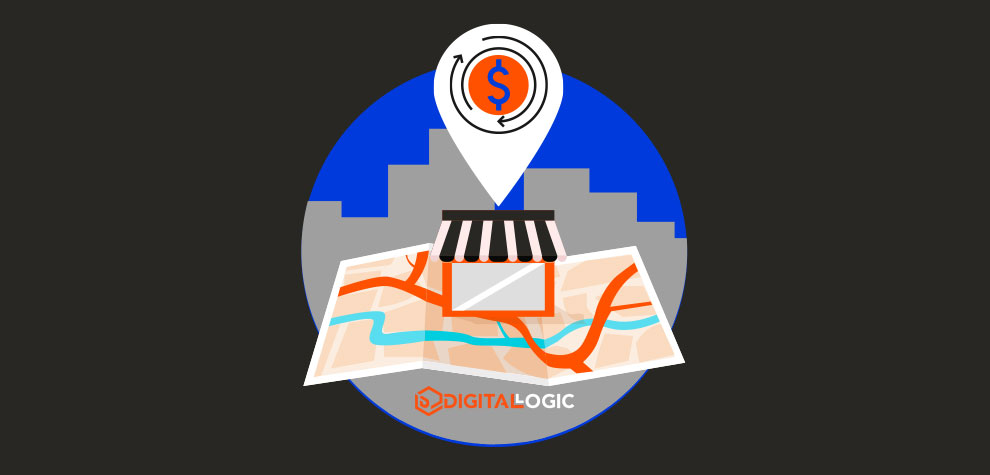
Integrating Geofencing into Mobile Applications
Geofencing Analytics and Performance Tracking
Privacy Considerations and User Consent
Privacy considerations and user consent are of utmost importance when you need to remotely access a devices’s location. (This obviously does not apply to parents or family members/legal guardians that need to know a kid’s location or are using the apps for parental control features.)
Collecting location data raises both ethical and legal concerns. Therefore, businesses must obtain explicit consent from users before tracking their real-time location.
It is important to be transparent about how the data will be used. You should also assure users that their privacy will be respected.
By prioritizing your customers’ consent and adhering to privacy regulations, your business can build trust with your customers.
Considerations for Geofencing Software
A mobile app that uses geofencing will require user permission to monitor their location and/or send them notifications. Your geofencing software should be optimized not only for accuracy but also for battery usage.
You’ll want to choose a system that has a decent balance between the two. Applications that are extremely accurate will drain your user’s battery life.
This will eventually push them to delete the app from their mobile device. You’ll want to pay attention to online behaviors.
Go beyond the basic push notification here. You can use this information to target your audience in a more personalized (and more effective) way.
Don’t spam your audience.
Super urban areas will typically have a ton of geofences already. You’ll want to avoid over-notifying and research your tactics before employing them. Be sure to use anti-spam tools, as well.
It may be easier to use a social media platform. There are Facebook geofencing apps and Snapchat geofencing apps that allow you to run location-based ads instead.
Elevate Your Marketing Game with Geofencing Apps for Marketing
If you want to start geofencing from your mobile app, here are a few basic steps to get you on your way:
- Make sure your existing app strategy will merge well with geofencing.
- Choose your geofencing software.
- Test your geofencing software.
- Implement the new software into your app.
- Start creating your geofencing notification campaigns!
Geofencing can be a profitable tool for connecting with your potential customers. By using these geofencing techniques with your existing mobile app, you will give your business the competitive edge it needs to succeed.
Geofencing apps can help build brand loyalty, generate better engagement, and maximize your marketing efforts. Need more info? Call us at 318-678-5020.
